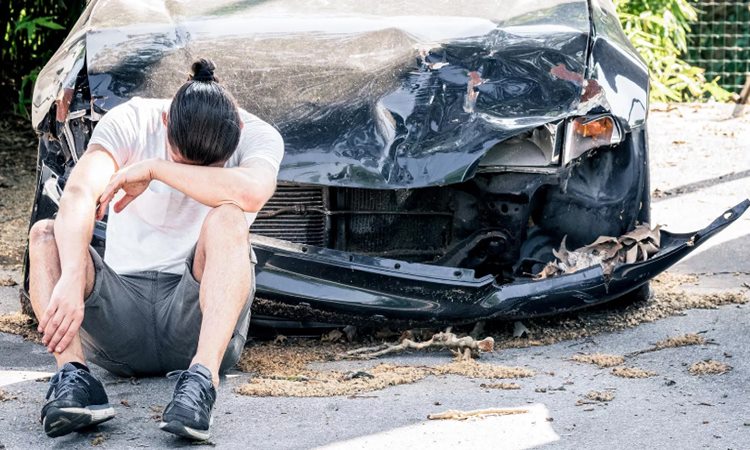Basics Of What To Do Following A Car Accident
CAR ACCIDENT – Here are the seven (7) steps you should follow if you are involved in a car accident.
Car accidents, while unavoidable, have witnessed an uptick in risky driving behaviors, including a 45% surge in phone usage during driving, as well as speeding, abrupt braking, and even conducting online meetings behind the wheel. Given these circumstances, it is crucial to understand the necessary actions to take following a car accident.
Preparation is key as it safeguards your ability to file a car insurance claim against an at-fault driver and protects your reputation if you’re wrongly accused of the collision. Here are the steps you should follow after a car accident, covering how to handle emergency situations, injuries, interactions with other drivers, and dealing with insurance companies.

1. Pull over and stay at the scene
Move your vehicle to a safe, well-lit location nearby, ideally a public area where both you and the other driver are visible. This is a critical initial step after a car accident, whether you’ve been rear-ended or suspect foul play. If your car is obstructing traffic, move it while using emergency flashers to warn other drivers. Stay calm and do not leave the scene.
2. Ensure the safety of your passengers
After moving your vehicle to a secure location, check for injuries to yourself and your passengers. If anyone appears injured, dial 911 or request an ambulance. Provide precise location information and personal details as needed. Wait until instructed to hang up by the dispatcher.
3. Contact law enforcement
Notifying local law enforcement is a crucial step in the post-accident process. Familiarize yourself with emergency numbers and reporting requirements in your state. If you’re in an accident out of state, dial 911. Be aware that response times may vary, but if officers cannot attend the scene immediately, make sure to file a report at the nearest police station within the designated time frame, which varies by state.
4. Be cautious when communicating with other drivers
Assess whether you feel comfortable speaking with the other driver, but do so calmly if it can be done without police assistance. Exercise extra caution if road rage may have played a role in the accident. While casual conversation while waiting for the police is fine, avoid making admissions of guilt or apologies, even if you believe you are at fault. Do not assign blame on the spot or accept blame from others or witnesses. Leave the determination of fault to the insurance companies.

5. Avoid informal agreements
Even if the other driver offers a substantial payment or claims to have no auto insurance, refrain from making any unofficial agreements to accept cash for the collision instead of filing an insurance claim. Such “handshake deals” may lead to unexpected expenses later on.
6. Gather the necessary information
Keep essential paperwork organized, including registration, proof of insurance, and your insurance agent’s contact information, in your vehicle at all times. Have this information readily accessible for family members and pets as well. When exchanging information, provide only insurance and contact details to avoid making potentially incriminating statements.
Ensure you collect the following information for insurance claims:
- Name, address, and phone number
- Company name and policy number
- License plate number and driver’s license information
- Vehicle type, color, and model
To gather this information effectively, take photos or videos of damage to both vehicles, interview witnesses, jot down your recollection of the accident, or capture audio or video evidence. Many car insurance company mobile apps can assist in documenting accident details if you have a smartphone.
7. Start your car insurance claims process
Contact your insurance company promptly to expedite the claims process and potentially access additional covered services. If you have questions or are unsure about any aspect of the claims process, seek clarification. Familiarize yourself with the required documentation, such as a “proof of claim” form, and be aware of filing deadlines and when to expect communication from your insurance provider.
Following these steps will help you navigate the aftermath of a car accident efficiently and ensure a smoother claims process.
Please like and follow/subscribe:
Newspapers.ph
Newspapers YouTube Channel
Newspapers Facebook Page
